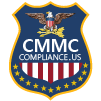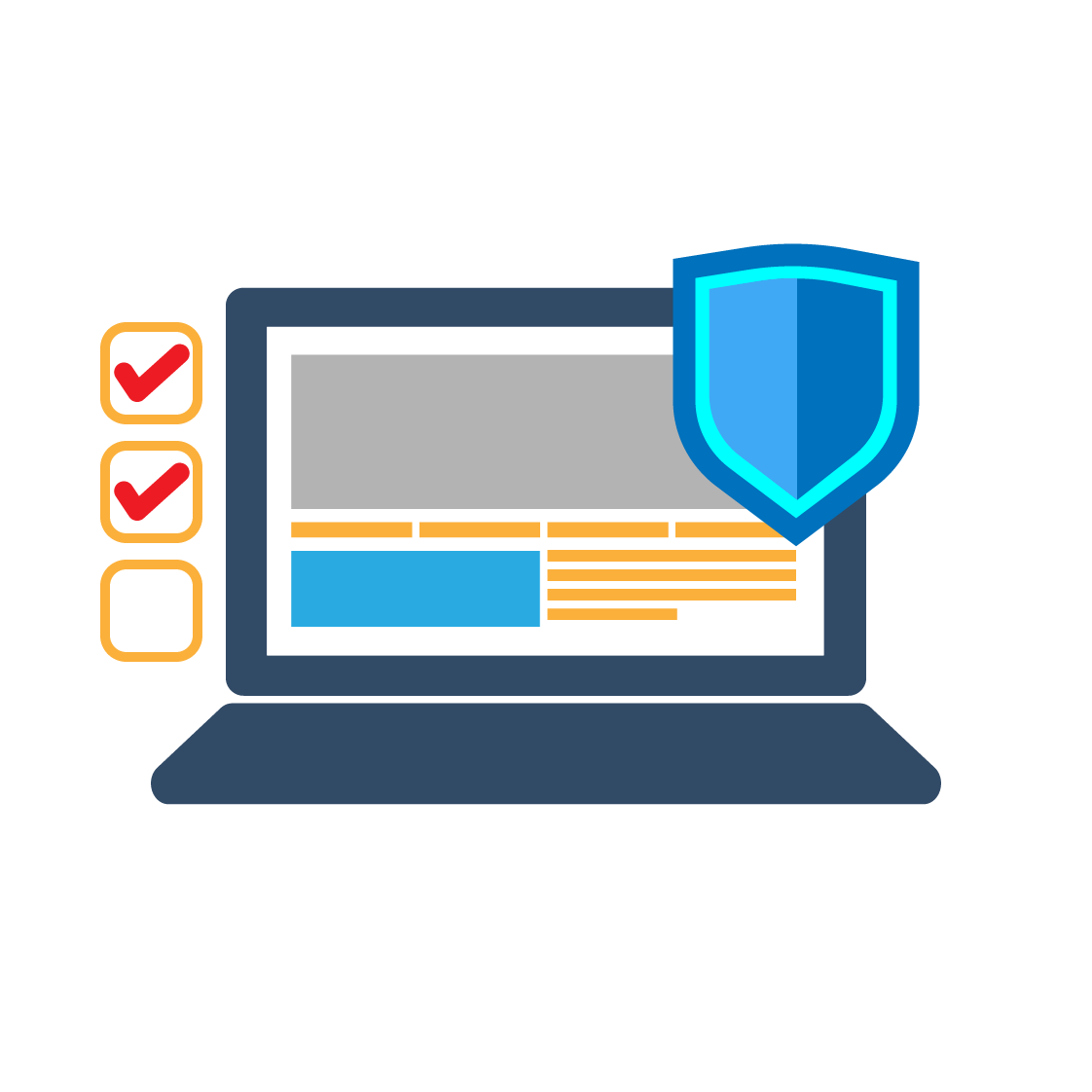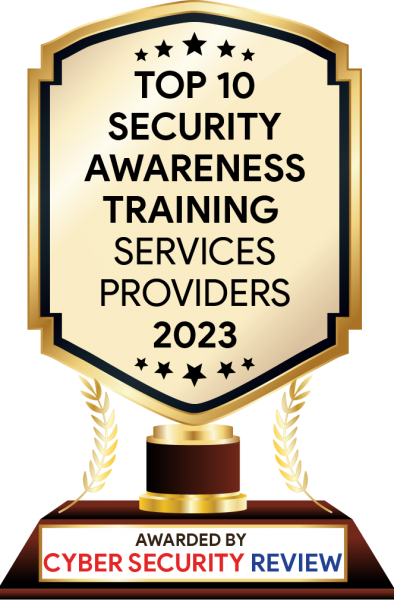NIST 800-171

Phase 1: Gap Analysis
This is an interactive process that involves significant time spent discussing the required controls and how to meet them. We’ll provide you with all the information you need to comply with the NIST 800-171 standards.

Phase 2: Provisional Assessment
These controls will include both technical and non-technical measures that involve multiple departments, not just IT. The great news is that even if your staff doesn’t have the expertise to do this, we can help.
During this phase, we also provide recommendations that will allow you to manage the scope of compliance, reducing the overall costs of the audit.

Phase 3: Remediation
The Defense Federal Acquisition Regulation Supplement, or DFARS for short, is a set of cybersecurity standards that defense contractors and suppliers must observe in order to be awarded new DoD contracts.


Compliance with NIST 800-171 and the Defense Federal Acquisition Regulation Supplement (DFARS) is crucial for contractors and subcontractors working with the U.S. Department of Defense (DoD) and handling Controlled Unclassified Information (CUI). Here's a general guideline to achieve compliance:
- Know the Requirements: NIST SP 800-171 focuses on protecting CUI in non-federal systems and organizations. It outlines 110 security requirements across 14 families of security controls.
- Scope Identification: Determine where CUI is stored, processed, or transmitted within your organization’s systems.
- Understand DFARS Clauses: Especially 252.204-7012, which mandates cybersecurity measures and incident reporting.
- Assess Cybersecurity Requirements: Understand the cyber hygiene level required for your organization.
- Conduct a Gap Analysis: Compare your current practices against NIST 800-171 requirements to identify gaps.
- Create a System Security Plan (SSP): Document how your organization meets each NIST 800-171 control. Include system boundaries, operational processes, and how security requirements are implemented.
- 3.Implement Security Controls: Address the 110 controls in NIST 800-171, such as access control, incident response, and system and information integrity.
- 4. Plan of Action & Milestones (POA&M): Develop a POA&M for unimplemented controls, documenting how and when these issues will be addressed.
- Regular Training and Awareness: Ensure all staff are aware of CUI requirements and cybersecurity best practices.
- Monitor and Maintain Compliance: Regularly review and update security measures and documentation. Stay informed about changes in NIST and DFARS requirements.
- Ensure Third-Party Compliance: Ensure that your subcontractors or third-party vendors are also compliant if they handle or access CUI.
- Develop an Incident Response Plan: Be prepared to detect, respond to, and recover from cybersecurity incidents, especially for DFARS 252.204-7012 requirements.
- Maintain Documentation: Keep detailed records of compliance efforts, including SSPs, POA&Ms, and incident response plans.
- Report Incidents: For DFARS compliance, promptly report cybersecurity incidents to the DoD.
- Consider Professional Assistance: Cybersecurity consultants or managed services can assist in achieving and maintaining compliance.
- Conduct Regular Audits: Periodically review your security controls and compliance status.
- Stay Informed: Regulations and best practices evolve, so it’s important to stay current.
Brea Networks, LLC (HQ)
United States of America
Phone: (714) 592-0063






